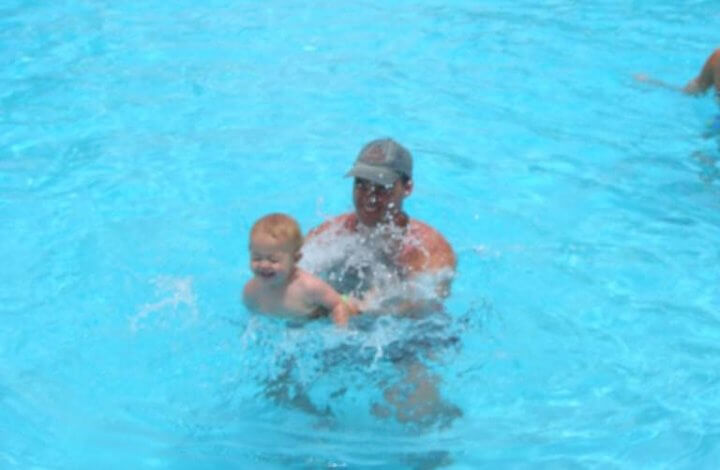
Now that summer is over, and school is back in session, most parents will not give much more thought to the topic of children and swimming. But this may be the very time of the year to begin to plan how they will be teaching their child a skill/sport that will benefit that child for the rest of their life. Plus, you never know when these skills may come in handy or even necessary to save a life in the event of an emergency.
Children are receptive to swimming lessons at a very early age, and the younger they are when you start safely exposing them to water, the better off they are. This time of year there are still many programs available through local YMCAs or American Red Cross that offer after school lessons in swimming. If your child is not in school, it’s a great way to spend part of your day, and can offer you benefit as well.
Swimming lessons are available to people of all ages. For adults, swimming and water aerobics is a great way to keep fit, and this means young people as well as old. The water can be a soothing and comfortable place to enjoy exercise. Again, you can check with local health and athletic clubs,recreational center, or even private facilities for programs offered for adults. Private lessons are also an option if you are uncomfortable learning to swim in a group.
Ten Important Safety Tips When Teaching Basic Swimming Techniques:
* Never leave a child without supervision at a swimming pool if he cannot swim. If he can swim, it is still imperative that a lifeguard be present.
* Do not take a child into waters you cannot safely navigate yourself. Stay only in a depth of water where you can control your safety and that of your child as well.
* Do not force a child to hold his breath longer than he wants or attempt difficult and advanced feats before he is ready.
* Do not force a child to swim when he is tired.
* Do not swim immediately after eating to avoid cramps.
* Make sure you have access to emergency assistance if it becomes necessary (phone, lifeguard, facility directors).
* If outside, always vacate the pool when lightning is present or nearby.
* A pool deck or pool itself is no place for roughhousing, running, and other unsafe activities.
* Teach your children to obey all safety rules and to obey the lifeguard at all times.
* Make sure your child understands that the swimming pool is not a bathroom. There is no excuse for a child to develop such a bad and unhealthy habit.
Make the time to teach your children the basics of swimming at an early age. If swim teams are available in your area, encourage them to participate. It’s a great way to develop a healthy and constructive sport that your child can enjoy now, and even later as an adult. And we all want to be active and healthy as long as we can!
About the author:
Jane Warren enjoys various water sport activities, including swimming and diving. After an injury, aquatic therapy was recommended, and she has continued swimming ever since, even competing in several swim races.
Jane is also the publisher of towabletubesdirect.com. On this website, she provides information on various quality brands of the boating water tubes, such as Airhead towables, and related boating accessories.
Jane has also experienced the tragedy of a family death due to drowning. She knows how important it is to follow basic water safety guidelines so that all who participate are safe.